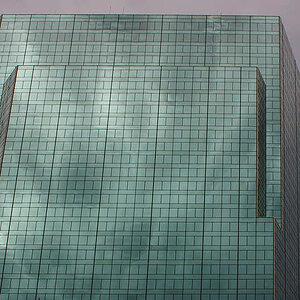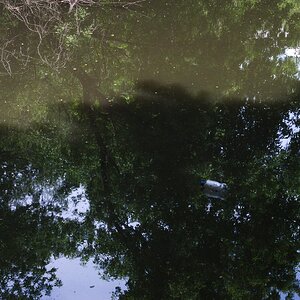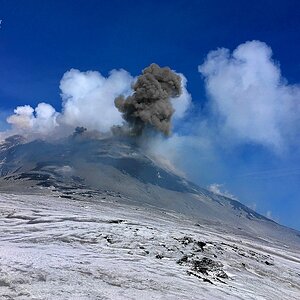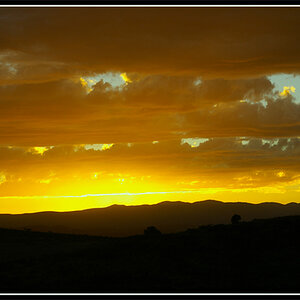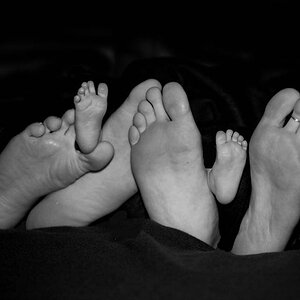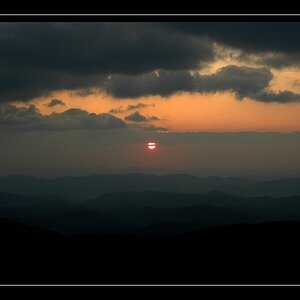Underwater Photography Tips and Techniques - Special Challenges.
Avoiding Backscatter
What is Backscatter?
Backscatter is a term used to describe the bright specs in an underwater photograph caused by the light from a camera's strobe reflecting off suspended particles in the water and back into the camera's lens.
What causes backscatter in underwater photography?
Backscatter is most often caused by a combination of shooting in turbid water containing suspended particles and improper aiming or positioning of camera strobes.
How to avoid backscatter in underwater photographs.
It is not always possible to completely avoid backscatter under every shooting condition. However, there are some basic steps you can follow to ensure that you keep it to a minimum.
Avoiding Backscatter
What is Backscatter?
Backscatter is a term used to describe the bright specs in an underwater photograph caused by the light from a camera's strobe reflecting off suspended particles in the water and back into the camera's lens.
What causes backscatter in underwater photography?
Backscatter is most often caused by a combination of shooting in turbid water containing suspended particles and improper aiming or positioning of camera strobes.
How to avoid backscatter in underwater photographs.
It is not always possible to completely avoid backscatter under every shooting condition. However, there are some basic steps you can follow to ensure that you keep it to a minimum.
- Avoid shooting in turbid water - Of course this the most effective way to avoid backscatter in your photographs, but it is also the variable over which you have the least amount of control. For example if your are shooting wide angle photos of a diver on a wreck in water with 15ft visibility, you can bet that there are plenty of suspended particles in the water between your subject and your camera's lens.
This being said, there are times when the visibility of the water you are shooting is very good, but poor dive techniques by you or other divers in the area can stir up sand and sediment and create a sandstorm just waiting to be lit by your camera's strobe.
Try to master your buoyancy control so that you are always in control of your movements. This will make it much easier to approach and stay with a subject without kicking up sand and sediment, which will only serve to ruin your shot.
Another possible solution is to dive with other divers who have good buoyancy control and who also understand the importance of moving in such a way as not to stir up sediment near your subject.
- Get close to your subject - The closer you are to your subject the less water volume that will exist between it and your lens and therefore the less suspended particles that will be resent requiring you to avoid lighting them.
So when shooting that diver on the wreck, be sure to use the widest lens possible as this will allow you to get closer to your subject without cutting of or cropping any of it out.
- Shoot Macro subjects - Shooting smaller subjects requires you to get closer to them by nature. This makes macro shooting a great option when shooting in low viz situations. Of course it is still necessary to avoid kicking up sand and sediment as doing so will surly ads backscatter to your photo that could have been avoided.
- Proper aim of strobes- By aiming your strobes properly it is often possible to avoid or at least minimize the amount of backscatter in your photos. Have you ever tried to take a picture of yourself in a mirror by holding the camera up to your eye and shoot straight into the mirror? If so, you would have seen right away the harsh glare created by the flash as it reflected off the mirror and directly back into the camera's lens. This demonstrates the way light reflects off each particle in front of your lens and causes annoying backscatter. Think of each individual particle as a tiny mirror and you will quickly understand how this happens.
In the case of the self-portrait, the solution would be to hold the camera out at arm's length and aim it inwards to capture your face. This would change the angle of the light hitting the mirror thereby changing the angle if its bounce so that it does not aim directly back into the camera's lens. The same thing can be accomplished while shooting under water by using arms to extend your strobe out to the side. The use of arms will also allow you to use the edge of the strobes light "cone" helping to avoid lighting that water directly in front of your lens.


![[No title]](/data/xfmg/thumbnail/42/42017-05f80a89ca2890969b5dc7cc47872581.jpg?1619739979)
